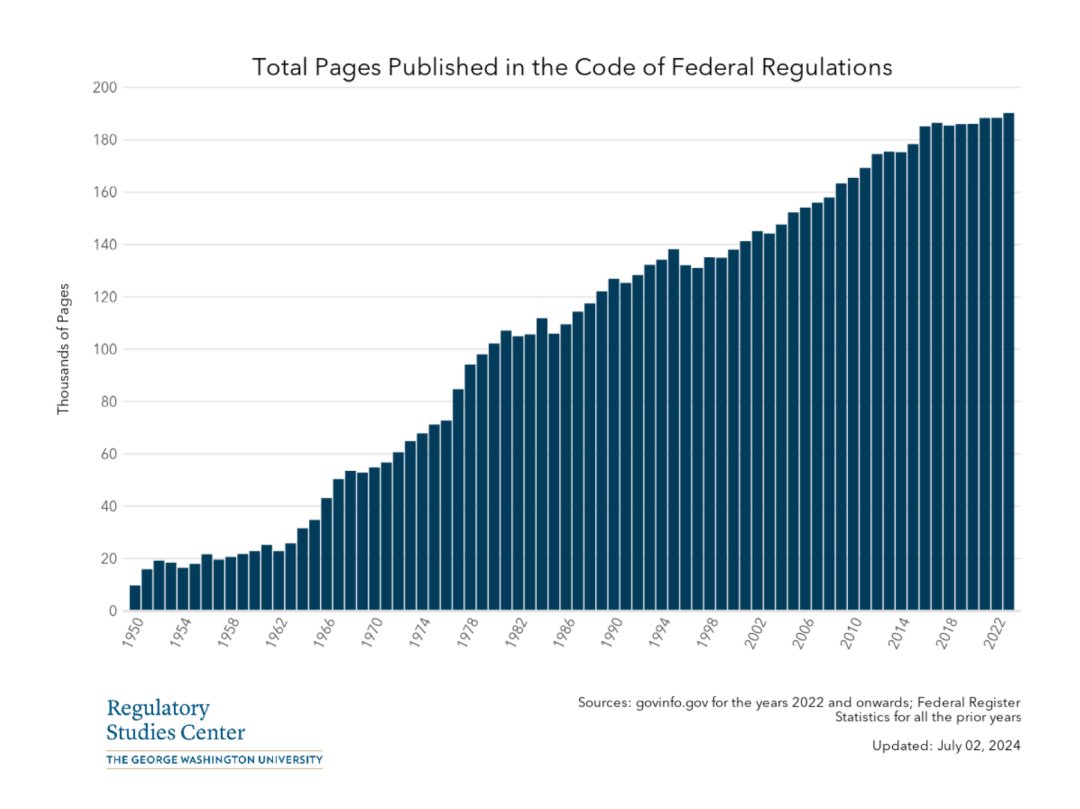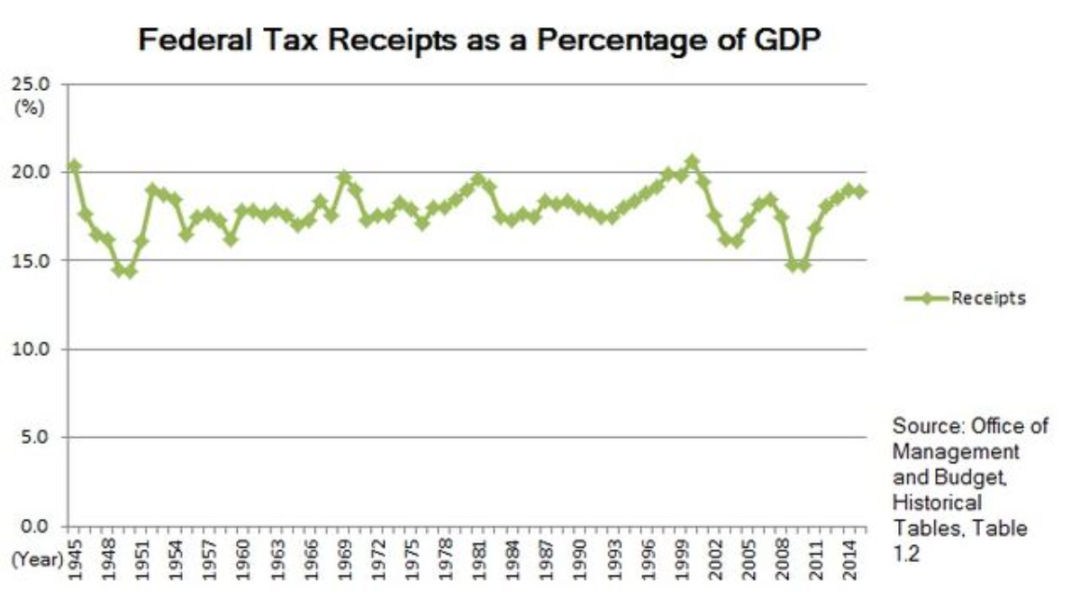Author | Vitalik
Translated by | Aki Chen Wu Says Blockchain
Original link:
https://vitalik.eth.limo/general/2025/03/29/treering.html
According to an article published by Vitalik, people believe that "China is a country that values closure and control, while American technology is generally more inclined towards open source than Chinese technology." However, it now seems they are completely wrong. It is difficult to change a culture's way of dealing with existing things, as well as the way attitudes towards established matters have solidified. The appeal of the crypto space is that it provides an independent technological and cultural foundation to do new things without being overly burdened by the biases of the existing status quo.
This article will present Vitalik's proposed "Cultural and Political Tree Ring Model" and its profound analysis of the current global landscape of artificial intelligence and technology regulation.
Core Logic: A culture's attitude towards new things is shaped by the social atmosphere at the time of formation, while its attitude towards old things is determined by inherent inertia. Once these "cultural tree rings" are formed, they are extremely difficult to change.
Increasing Regulatory Realities Under Neoliberalism
Throughout my upbringing, one thing that often puzzled me was that people repeatedly claimed we live in a "deeply neoliberal society" that highly advocates "deregulation." However, what I find perplexing is that, despite the existence of quite a few people advocating for neoliberalism and deregulation, the regulatory policies actually implemented by the government are quite different from these ideals. The total number of federal regulatory laws has not decreased but rather increased, with KYC (Know Your Customer), copyright regulations, airport security measures, and various other regulations becoming increasingly stringent. Additionally, since World War II, the proportion of federal tax revenue to GDP in the United States has remained relatively stable.


1) Intuition Meets Reality: The "Tree Ring Model" Reveals the Reversal of the US-China AI Landscape
If you had told someone in 2020 that five years later, one of the US and China would dominate the open-source AI field while the other would excel in the closed-source AI field, and asked them who would lead in which area, they might have stared at you, questioning whether you were posing a trick question. This is because the US has always emphasized openness, while China tends to lean towards closure and control. From an overall technological trend perspective, it seems quite evident that American tech companies prefer open-source models far more than their Chinese counterparts! However, it turns out that this intuition was completely wrong.
What exactly happened? In this article, I will propose a simple explanatory framework that I call the "Cultural and Political Tree Ring Model":

The specifics of the model are as follows:
- A culture's way of dealing with new things depends on the prevailing attitudes and incentives at a specific time.
- A culture's way of dealing with old things is primarily driven by the inertia of maintaining the status quo (i.e., "status quo bias").
Each era carves a new "tree ring" on the cultural tree, and when this new ring is formed, society generates a series of concepts regarding emerging matters. However, once these concepts are formed, they quickly become fixed, deeply rooted, and difficult to shake. Subsequently, a new tree ring will continue to build upon this foundation, pushing society to shape the next wave of cultural attitudes and responses to new topics.
Next, we can analyze the previous situation and other similar cases through the above model:
2) From the Internet to AI: How the US and China Are Guided by Cultural Inertia in Technology Regulation
The US did experience a trend of deregulation, but the peak of this trend mainly occurred in the 1990s (if you closely observe the data charts, you will clearly see this). Entering the 21st century, the overall atmosphere has gradually shifted towards more regulation and control. However, if we look specifically at those things that "grew up" in the 1990s (such as the internet), we find that they have retained the cultural imprint from their initial birth—namely, a free and open internet—over the following decades. Once this concept is formed, it becomes deeply fixed like a tree ring. The solidification of this concept has allowed the US (and other countries influenced by it) to enjoy a relatively free and open internet environment for a long period.
Tax levels are typically constrained by government budgetary needs, which are largely determined by the rigid demands of healthcare and social welfare programs. In this sense, this fiscal "red line" (i.e., bottom line) was drawn over 50 years ago and has since been firmly solidified like a tree ring, almost impossible to shake.
The legal and cultural responses to the potential risks associated with various modern technologies or emerging matters are often extremely cautious and vigilant, even when their actual danger levels are far lower than those of certain extreme mountaineering activities (the latter's mortality rates may even be much higher). This phenomenon can be explained using the tree ring model: dangerous mountaineering activities have a history of hundreds of years, and thus the corresponding cultural attitudes were formed during a time when society's overall risk tolerance was higher, gradually solidifying over the long years and becoming part of societal concepts, difficult to shake.
Social media gradually matured in the 2010s, and its treatment in cultural and political terms was seen both as part of the overall internet and as a unique new phenomenon. Therefore, the restrictive attitudes towards social media typically do not directly extend to the domains formed by the early internet. For example, although the overall trend of internet control is increasing, we have not seen significantly stricter measures against unauthorized file sharing.
Artificial intelligence (AI) began to mature in the 2020s, during which the US took the lead while China played the role of a follower. Therefore, for China, adopting a strategy of "commoditizing the complement" aligns with its interests. This strategy coincides with the growing preference for open source among many developer communities, thus fostering a very friendly environment for open-source AI in China. This environment is real and internally driven, but it is also highly targeted, limited to the field of artificial intelligence; in other earlier formed technological fields, closed and "walled garden" characteristics still widely exist.
Planting New Trees: Innovation is More Effective than Changing the Status Quo
More broadly, the insight contained here is that once something has existed for a long enough time and the surrounding cultural concepts have solidified, changing these concepts will be very difficult. What is easier to achieve is to create new behavioral patterns that allow the new model to replace the old one in competition, ensuring that good norms and cultural foundations are established in the early stages of this new model's formation. This transformation can be achieved in various ways: developing new technologies is one method, while experimenting with new social norms through the internet (whether in online communities or physical communities) is another. This is precisely one of the most appealing characteristics of the cryptocurrency and Web3 fields for me: it provides an independent technological and cultural environment that is not overly constrained by existing "status quo biases," allowing for the free exploration and experimentation of new things. We no longer need to laboriously cultivate those old trees; instead, we can inject new vitality into this forest by planting and nurturing new species.
免责声明:本文章仅代表作者个人观点,不代表本平台的立场和观点。本文章仅供信息分享,不构成对任何人的任何投资建议。用户与作者之间的任何争议,与本平台无关。如网页中刊载的文章或图片涉及侵权,请提供相关的权利证明和身份证明发送邮件到support@aicoin.com,本平台相关工作人员将会进行核查。




